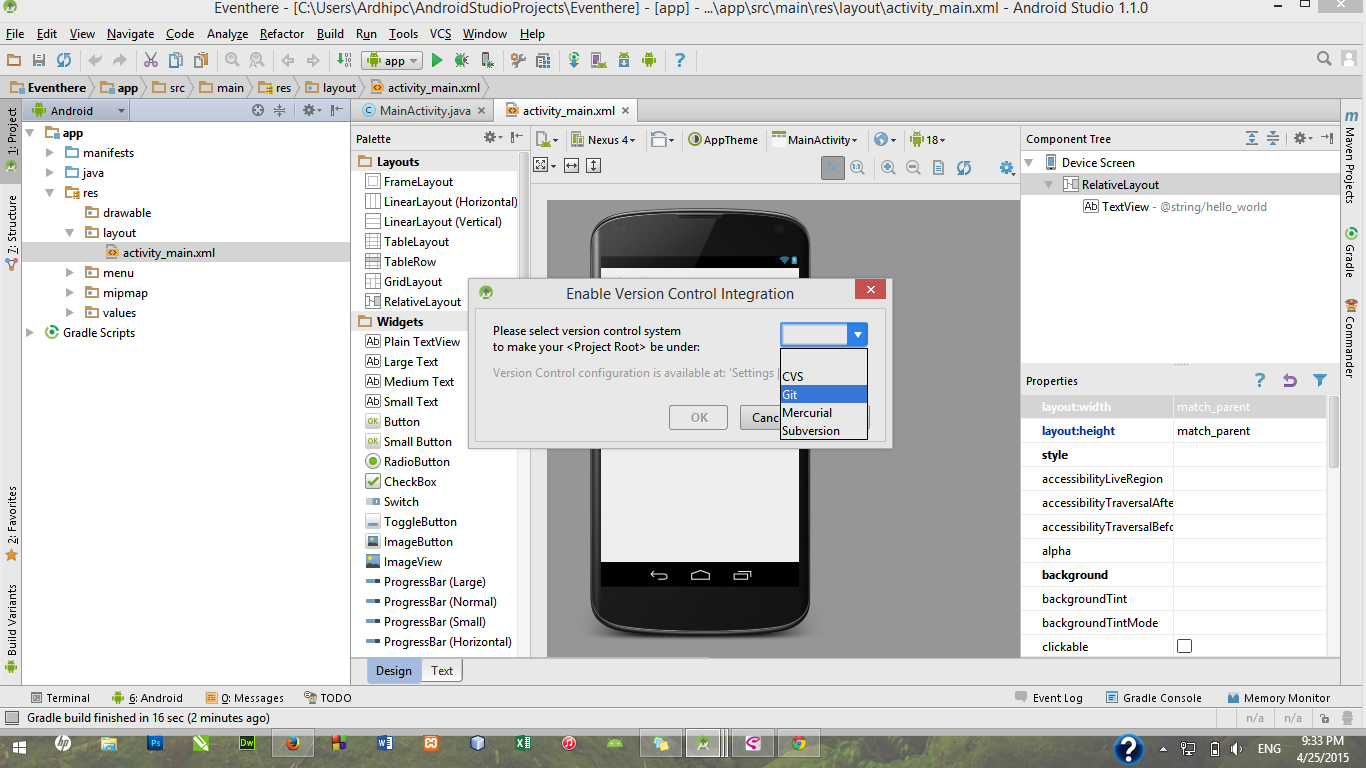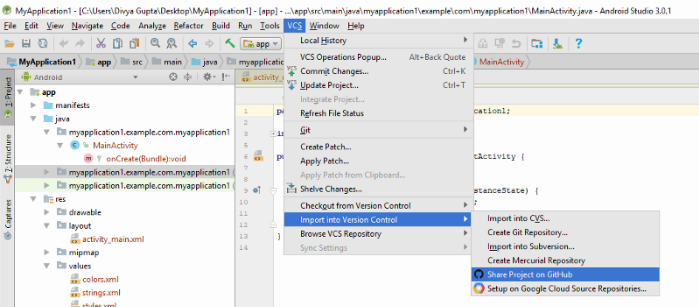
To make our library functional, we need to create a release on Github.

Make sure the project is public and note that the name that you’ll pass while sharing the project will be used in the library dependency link. In this step, commit your work using git, then Share the Project to Github. In our case, inside the newly created module, we’ll create a class that contains some functions to list Kenyan counties. In other cases, your library may be adding more features to the default Android classes, creating a custom view or adding functions with useful code that you want to share. In this step, create a class or a file that contains the code that you want to share as a library. Step 3 - Create a Class or file containing your Library logic In other cases, your library may depend on some libraries, so you need to include them in the module’s gradle file.
.png)
In that gradle file, we can remove the auto added dependencies because we don’t need them for now.

They allow you to speed up your development by leveraging a pre-built solution rather than creating all of the code yourself. No developer can work without libraries because they are such important components of the development process.

By developing a library, developers also contribute to the open-source ecosystem by having their code used by other developers. Every Android developer considers how they can reuse their code rather than rewriting it from scratch.


 0 kommentar(er)
0 kommentar(er)
